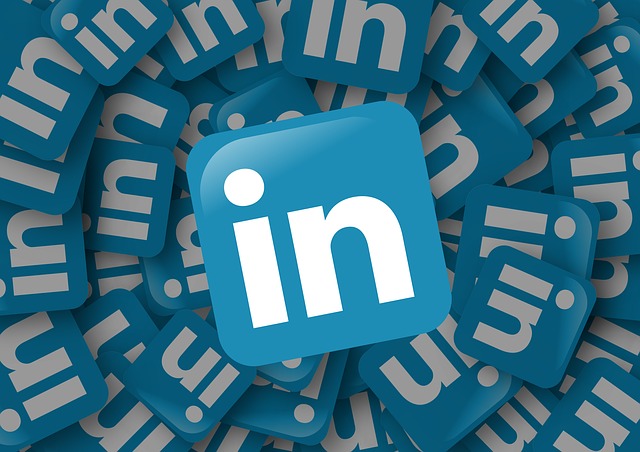A few years ago, I made a conscious decision to stop saying, “you guys.” For someone who spent an equal amount of their childhood in both the north and the south, this decision carried some weight. Moving to Connecticut in middle school is an easy way to remove “y’all” from your vocabulary. In an effort to conform, “you guys” became my norm.
Lucky for all of us, with age comes confidence. As I found my place as a woman in the workplace, I became dedicated to gender equality, working to promote inclusion. “You guys” didn’t stand a chance.
The reason is simple: the phase is exclusionary.
In our society, we use language to emphasize pre-established situations. And we can use language to change them. Ultimately, this is the power in marketing and PR, which allows us to use language to impact people’s perception of the world. It’s no surprise that, as a marketer, I became hung up on just a couple of words.
Changing my vocabulary wasn’t easy. But after a few years, the phrase is (mostly) gone. The next step is to help others change their language too. Why? Because the state of women in the workforce is not changing, and we can use language to change that.
The State of Women in the Workforce Is Unchanging
The Women in the Workplace 2018 report by LeanIn.org and McKinsey found that “Companies report that they are highly committed to gender diversity. But that commitment has not translated into meaningful progress…Progress isn’t just slow. It’s stalled.” This is despite the fact that women are doing their part, obtaining bachelor’s degrees at a rate higher than men and asking for promotions and negotiating salaries at the same rate as men.
(If you need to be convinced that diversity in the workplace is important, there are plenty of reports that can help prove “gender-diverse business units have better financial outcomes than those dominated by one gender.”)
To Improve Diversity, Change Your Language
LeanIn.org and McKinsey seek to make improving diversity easy by providing six actions companies can take to find success. One of these is particularly relevant for our industry: foster an inclusive and respectful culture.
Language is a simple way to promote an inclusive culture. If you’re looking to change your own actions at work, be considerate about the language you use. Select words and phrases that are more inclusive. Because language is so ingrained in us, making an effort to be more inclusive will take some work, but if you take a collaborative attitude and give yourself the grace to make a slip up, your language will begin to improve.
How to Ask Others to Change Their Language
Once you’ve begun the process of changing your own language (it will be a process), you can begin to help others change theirs. Through trial and error, I have developed some personal best practices when it comes to asking others to change their language. (Interestingly, the strategy I use is similar to one I use at work to advocate for a project or cause I believe in.)
- Share a personal story. Sharing personal stories at work requires a balance—we don’t want to get too personal—but by sharing how we view the world, we can help others see situations through our eyes.
- Share the research. Do your research to understand why what your advocating for is important.
- Suggest a next step. Once your audience is bought in to your idea, they’re ready to take the next step. Share a suggestion for how to move forward.
- Be supportive. Changing ingrained habits is hard! Give people the benefit of the doubt and be there to help them with a supportive, cheerful attitude when (not if) they slip up.
I found success with this approach at a previous job. One of my colleagues came to work anxious after reading an article arguing against the use of “you guys” and feeling concerned about how his use of that phrase may have impacted those around them. I was glad he felt comfortable talking about this with me, and I used the opportunity to share my story of changing my language, provided research into why it was important to do so, suggested some alternative phrases he could use and cheered him on as he practiced shifting his language.
Steps You Can Take to Promote an Inclusive Workplace
If you’re ready to take it even further, some great resources exist!
She+ Geeks Out’s blog post on covering and passing in the workplace provides some great tips for supporting our colleagues so they feel comfortable being themselves at work.
A couple of my favorites (that helped inspire this blog post)…
- “Be explicit in your language. If someone says something discriminatory, say something to make it clear that that language isn’t tolerated.
- Share your own story of difference.”
In addition to making our workplaces more inclusive, it is also important to set up practices that promote inclusive hiring. Another post by She+ Geeks Out has some great tips for mitigating bias in hiring. Writers like me will be interested in this tip, “If you’re struggling to get candidates to respond to your job posting, you may want to start with your job description.” Inclusive descriptions that remove adjectives typically associated with one gender (example: ‘driven’ = masculine, ‘dependable’ = feminine), go a long way to encourage a variety of candidates.
Take Your Changes in Stride as You Promote Language Equality
As you make an effort to change your actions and support women’s equality this month, give yourself grace. Changing habits is hard. But remember, I’m here to cheer you on as you make strides. Just get in touch.




 This blog was written by our intern, Kamilla Rahman.
This blog was written by our intern, Kamilla Rahman.







 Behind the scenes, our team has been furiously working on building this brand new site that you see today. Countless hours went in on our end cultivating the content and working with
Behind the scenes, our team has been furiously working on building this brand new site that you see today. Countless hours went in on our end cultivating the content and working with 